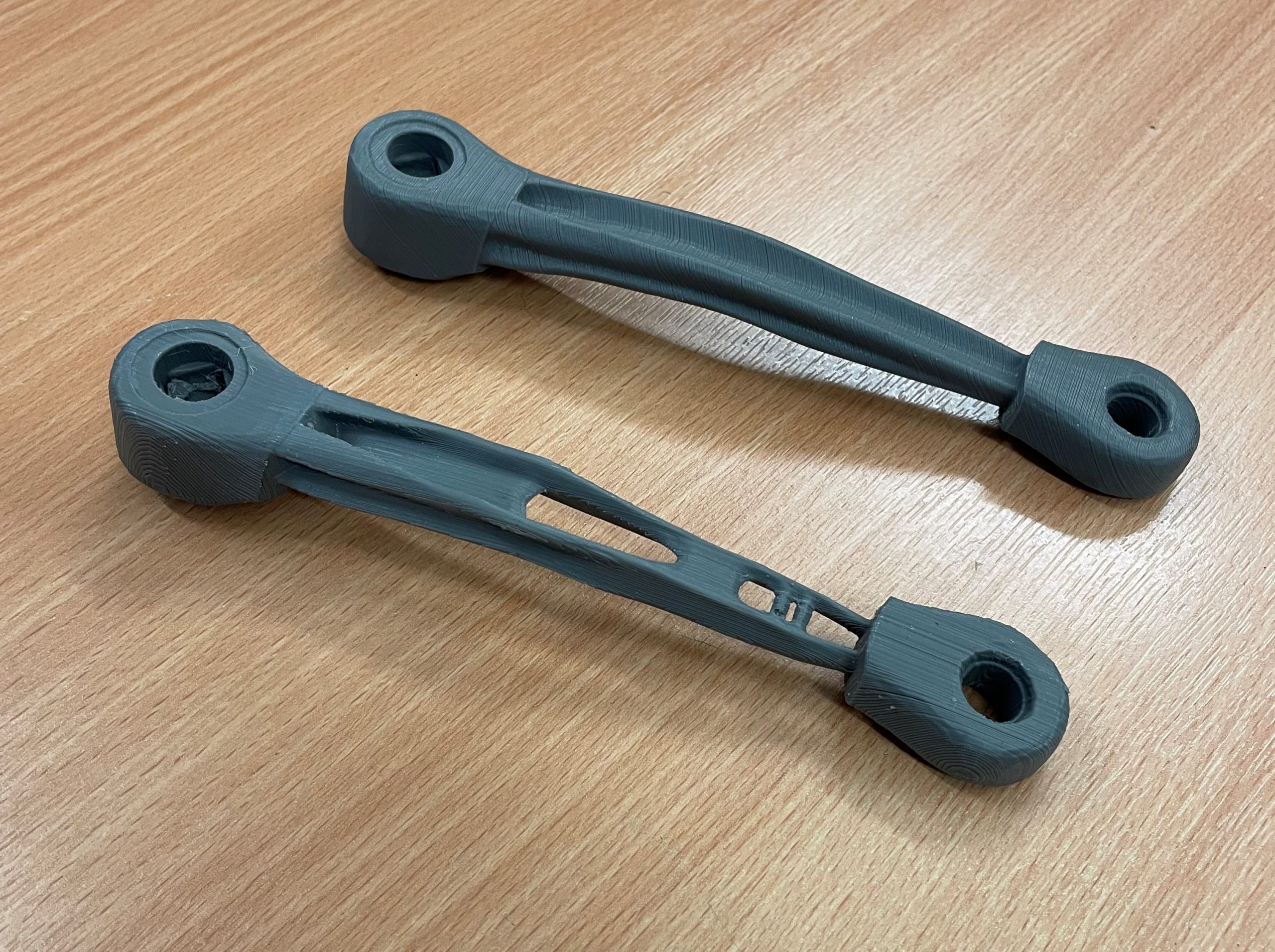With the development of tools and methodologies for remanufacture becoming more prominent in the field of Engineering Design research, the capability to pick up and directly modify many of the products physically embodied around us is taking shape beyond the set of a sci-fi movie.
Where in the past to manufacture a product required specialist, and often heavy machinery operated by skilled technicians; advances in rapid prototyping (RP) technology, such as 3D Scanning, Additive Manufacture (AM), and CNC machining are empowering the average DIY enthusiast to compete with the factory floor. These higly flexible consumer level products offer its user a newfound freedom to create, be it building something like a drone, or fabricating a replacement part for a washing machine.
A current trend in the consumer RP market is the offering of multifucntional hybrid machines, the Snapmaker 2.0 for instance boasts 3D printing, laser engraving, cutting and CNC carving in a single desktop package. With already so much on offer the question becomes what to do with all these things?
In this demo we give one possible application for such tools, coupling the capability to remanufacture, with that of Generative Design. Theoretically, establishing such a process would allow a user to leverage the optimisation power of Generative Design, where all possible permutations of a solution are computationally explored, to ‘upgrade’ their existing products. Thus, prolonging a products life in use through improved performance, comfort, or more general personalisation.
We use an old bicycle crank arm to show the concept in practice, digitally capturing the original parts geometric form before extracting and preserving key features, finally we optimise with generative design. The novelty in this approach is in constraining the generative solutions to work within the existing geometry, allowing the design to be ‘regenerated’ to a new set of design requirements (forces, safety factor, etc…) and repurpose the ‘old’ product as nothing more than a billet for remanufacture.
For the purpose of this demo the optimised part was simply reprinted. However, the next steps (time permitting) would be to set up fixturing and generate toolpaths to remanufacture the original part.
https://www.youtube.com/watch?v=NnZyO6vGA6g&ab_channel=Design%26ManufacturingFuturesLab

